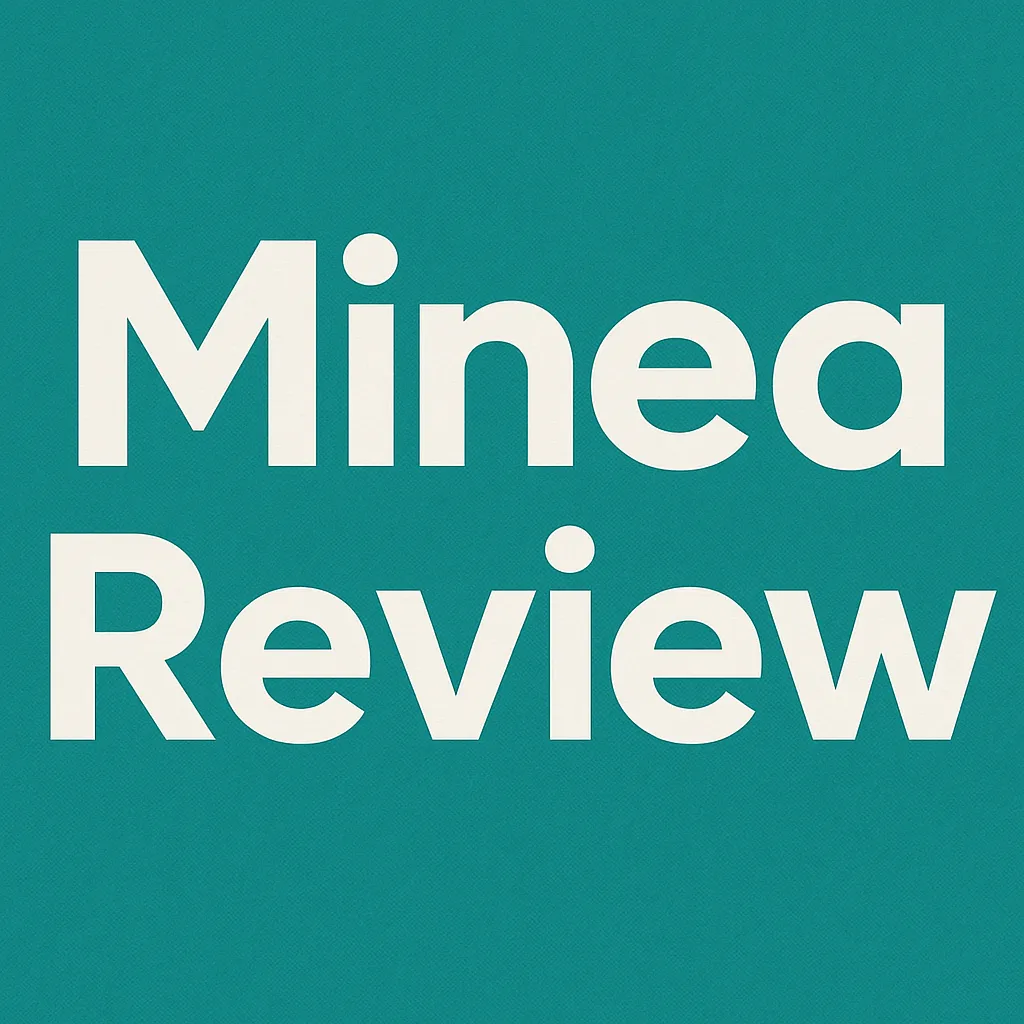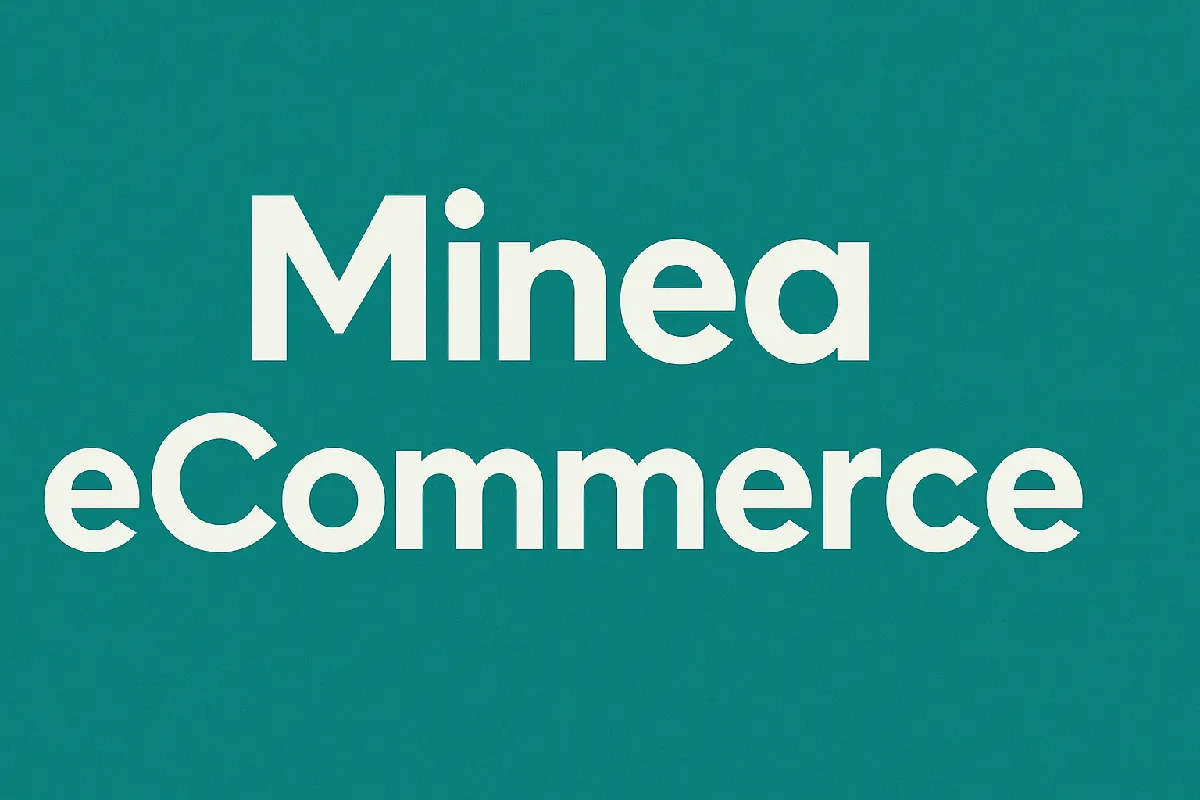Minea Review - Is This The All In One Solution For Your Ecommerce Business?
Welcome to this Minea review. As someone who’s spent a lot of time testing different eCommerce tools, I wanted to see whether Minea actually makes product research easier or if it’s just another flashy dashboard.

Minea is positioned as an all-in-one ad and product spy tool that helps eCommerce sellers uncover winning products, monitor competitor strategies, and tap into influencer marketing.
In this review, I’ll break down my personal experience with the platform, focusing specifically on how it fits into running and scaling an online store.
Before I dive deeper, I’ll just say this: having the right research tool can make the difference between testing a product that actually sells versus wasting money on one that won’t convert. That’s why I wanted to see how Minea stacks up in the real world.
The truth is, picking the right tools is only half the battle. Here’s why most people still fail anyway.
What is Minea?
At its core, Minea is an all-in-one ad spy and product research platform that pulls data from multiple channels, not just one.
When I logged in for the first time, I immediately noticed it covered Facebook, TikTok, Instagram, and even influencer campaigns.
That meant I could see not just what ads were running but also which creators were pushing products and how competitor stores were reacting.
The way the platform works is straightforward. It collects ad data, influencer deals, and product details from stores, then organizes everything into searchable filters.
For example, I could sort TikTok ads by engagement, country, or campaign age to quickly spot viral products.
This gave me a much clearer sense of what was trending than just scrolling through my own feed.
What's Inside Minea?

When I first logged into Minea, what stood out was how much it revolves around eCommerce product discovery.
Instead of just showing a generic list of ads, it gives you a structured way to explore products by category, ad network, and engagement metrics.
For example, I used the TikTok filter to see trending products that were actively being pushed by dropshippers and DTC brands, and it showed not only the ads but also the stores running them.
This is incredibly valuable because it helps you connect the dots between a product and its sales funnel.
One feature I liked early on was the ability to track competitors directly. If you find a store running an ad for a product you’re considering, you can tag that store and watch how their campaigns evolve.
This isn’t just interesting — it’s practical. In eCommerce, timing is everything, and being able to see when a competitor is ramping up spend on a product can signal that it’s time for you to act.
In my experience, most product research tools give you either too much noise or too little detail.
The product sits somewhere in the middle, providing enough data to make informed decisions without overwhelming you with clutter.
From the very first session, I felt like it was designed with eCommerce sellers in mind rather than being a generic ad library.
How Much Does Minea Cost?
Minea offers different plans depending on how deep you want to go. There’s a free plan, but honestly, it’s more of a teaser.
It lets you explore the dashboard, but if you’re serious about testing products, you’ll need a paid plan.
I started with the basic paid option, which unlocked Facebook, Instagram, and TikTok ad data. That alone made it useful.
But after a while, I upgraded because I wanted the influencer and store analysis features.
The higher-tier plan made sense for me since I was actively testing products and needed the extra insight.
The pricing, in my opinion, is competitive. I’ve paid more for tools that only cover Facebook ads, and here I was getting multiple platforms plus influencer and store data bundled together.
It’s not dirt cheap, but if you’re serious about dropshipping or e-commerce, it feels like an investment that pays back in saved time.
And if you want to learn how to avoid getting taken advantage of when you're new in the space, you can read more about it here.
Pros and Cons of Minea
Like any platform, Minea has its strengths and weaknesses. The positives are obvious: multi-platform ad tracking, influencer discovery, and competitor store analysis all in one dashboard.
I liked that I could see campaigns across Facebook, TikTok, and Instagram rather than being locked into one channel.
The influencer research was also surprisingly good, letting me spot smaller creators with highly engaged audiences.
The downsides are worth mentioning. First, the free plan is limited, so if you’re not ready to pay, you won’t get much out of it. Second, the learning curve is real.
The filters and options can feel overwhelming at first, and it took me a couple of weeks to find my flow. Lastly, while the data is strong, it’s not a magic solution—you still have to test products yourself.
Even with those cons, I found that the pros outweigh them by a wide margin. It doesn’t promise to make you rich overnight, but it arms you with better data to make smarter calls.
My Personal Experience with Minea
What stood out most for me when using it was how much time it saved. Before, I was piecing together trends from random TikTok scrolls or by joining Facebook groups.
With Minea, I could log in, filter campaigns, and immediately see what was working.
One specific example was when I noticed a product gaining traction through TikTok campaigns that had been running consistently for weeks.
The ads had strong engagement, and multiple influencers were pushing the same item.
I decided to test it in my store, and it outperformed the products I had been running before.
I also found the store analysis feature surprisingly addictive. It felt like having a backstage pass into competitor strategies.
Even when I didn’t copy their products, I could see patterns in their launches and pricing that influenced my own decisions.
Final Thoughts
After using Minea consistently, I can say it’s one of the few research tools that actually added value to my workflow.
It’s not perfect—you’ll need to get past the initial learning curve and commit to testing products yourself.
But the combination of ad data, influencer insights, and competitor store analysis made it a tool I kept coming back to.
If you’re brand new, you can test the free version, but the real payoff comes from the paid plans.
For more advanced sellers, Minea fits right into a daily research routine and helps you spot opportunities faster.
It won’t hand you success, but it can definitely put you in a stronger position to find it. Most systems are created to get you stuck chasing your tail. This is how to avoid that.